
Sex Life 101: All About Arousal

Published:
Readtime: 6 min
Every product is carefully selected by our editors and experts. If you buy from a link, we may earn a commission. Learn more. For more information on how we test products, click here.
Do you ever feel like you and your partner are on totally different wavelengths when it comes to sex? Hands up who can relate to this? You get home, see your girlfriend curled up on the couch. You feel horny, so you go over and start laying on the moves. But she’s not up for it and shuts you down. Again. You feel rejected and sexually frustrated. Why doesn’t she want sex?
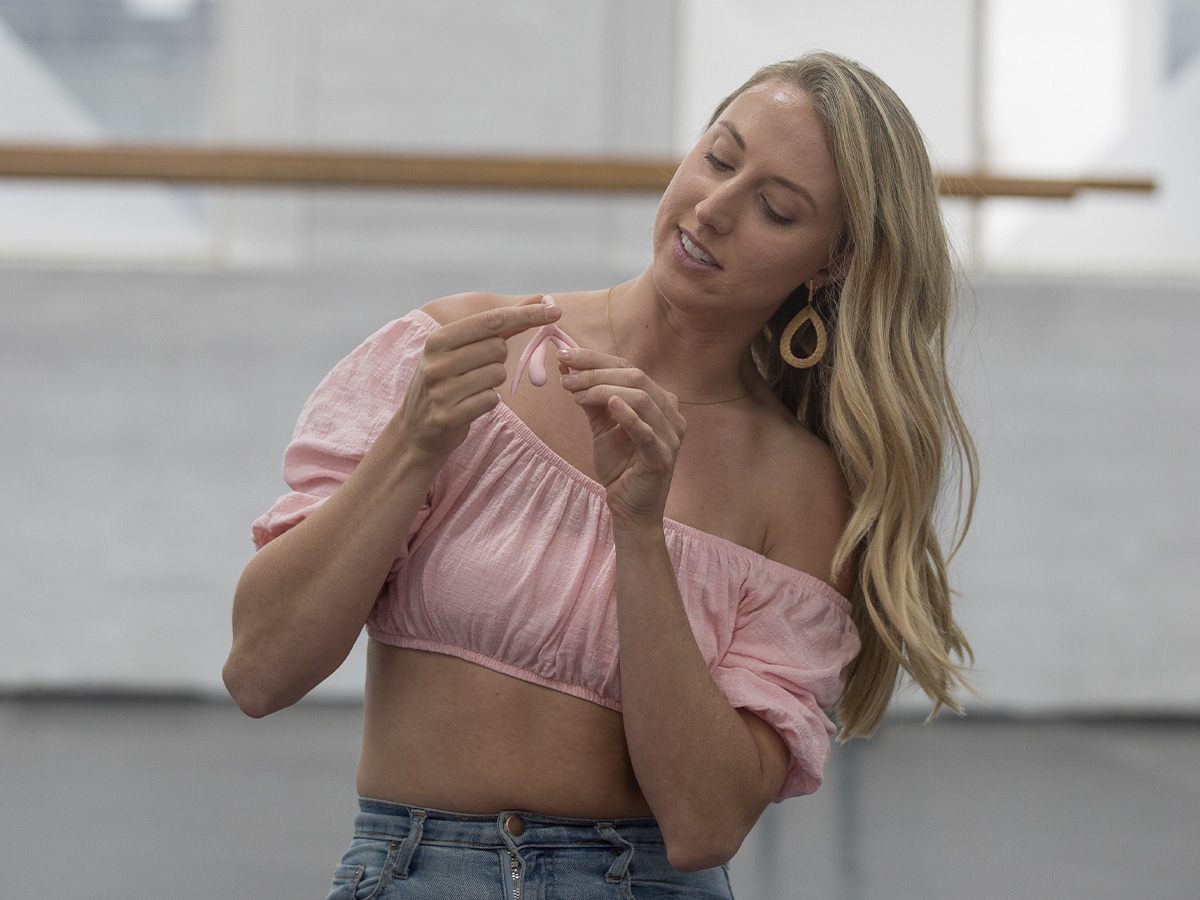
What if I told you that the issue isn’t necessarily that she doesn’t want sex at all, or that she isn’t into you anymore. But instead, it’s all about context. A fundamental mismatch in libido is really common in relationships where one partner seems to always be horny at the drop of a hat, but the other doesn’t feel that same pull. There are a lot of factors that can impact our level of arousal and our desire for sex, and most of them fall into whether we are actively turned on or turned off.
In my work with women, some of the biggest concerns they come to me with is a lack of desire, connection to their pleasure, struggles with sex drive and mismatched libido with their partners. This all gets exacerbated of course if their male partner is pressuring them in any way, or making them feel like there’s something inherently wrong with them. They tell me they feel like they’re “broken”, that they need fixing or that there’s something wrong with them if they no longer feel like sex as much as they once did.

Understanding Arousal: The Car Analogy
Let’s think of our libido, our ‘sex drive’ like a car. We need a good balance between using the brakes and the accelerator, and it all depends on the situation as to which we need. Now, if we have our foot slammed on the brakes, no matter how much you rev the engine, the car won’t move, right? Similarly, the car won’t move by simply taking our foot off the brake without pressing down the accelerator. The same goes for arousal. In order for us to feel ready and excited for sex, we need to first take our foot off the brake, and then accelerate. Essentially, we need to turn off the things that turn us off and turn on the turn-ons.
Sounds simple right? Well, everyone’s brakes (what turns them off) and accelerators (what turns them on) are different. Not only do we all have unique and individual turn-ons and turn-offs, but the sensitivity of our brakes and accelerators will vary widely between people too. To have the best, most nourishing and pleasurable sex we can have, what we want to do is activate our accelerator AND deactivate our brakes. Let’s explore the difference between the two sexual arousal systems.
The Accelerator
The Sexual Excitation System (SES) is your sexual accelerator or your turn-ons. It’s in constant pursuit of pleasure, working below the level of consciousness and scanning the environment for sexually relevant stimuli. It looks for things in your sensory world – what you can see, smell, taste, touch, hear – and sends a message to your brain (and sometimes your genitals) to turn on.
Possible turn-ons could be things like:
- Mood lighting
- Seeing a partner’s naked body
- Feeling desired by their partner (without pressure)
- The smell of your lover’s fragrance
- Sexy music
- Seeing your lover in their element
- Certain types of touch (sexual and non-sexual)
- Eye contact
- Deep conversation
- Sex Toys
- Imagined scenarios
The Brakes
The Sexual Inhibition System (SIS) is your sexual brake, or your turn-offs. This system is perpetually scanning your environment for possible threats and reasons not to be aroused because nobody wants a random boner at a family dinner, right? This system is incredibly important in our everyday life, but if our brakes are highly sensitive then they can hinder our sexual experience. This is why we want to do what we can to take our foot off the brakes when it comes time to get down. Our SIS can be split into two categories, internal and external.
Internal:
- Body image insecurities
- Performance anxiety
- ‘Meaning’ (eg: are we dating?)
- Being up in your head
- Feeling distracted or rushed
- Feelings toward the person
- Not feeling seen or appreciated
- Social consequences
External:
- Harsh lighting
- Fear of being caught
- Concern around lack of protection/catching an STI
- Fear of unwanted pregnancy
- Temperature in the room
- Messy environment
- Safety in general (physical AND emotional)
- Inappropriate context (eg a family dinner)
So, to be in a state of arousal is essentially to be able to turn on the ONs, and turn off the OFFs. But of course, whether you’re turned on or off will depend largely on the context. Everyone’s accelerators and brakes are different and have different levels of sensitivity, but these lists might give you more of an understanding of what your own turn-ons and turn-offs are so that you can share them with your partner. And similarly, discover what theirs may be.
So, the next time you’re wanting to get it on with your lover – pause and consider what you each might need in order to release the brakes and rev the engine. Enjoy!
Eleanor Hadley is a Sensuality Coach and Sex Educator, specialising in & sensual movement and embodied lap dance. Through 1:1 coaching, group programs, retreats, workshops, writing and speaking, Eleanor is passionate about helping you to enhance your sex-life and elevate your relationships.
General FAQs
The Sexual Excitation System (SES) is your sexual accelerator, or your turn-ons. It’s in constant pursuit of pleasure, working below the level of consciousness and scanning the environment for sexually relevant stimuli.
A survey of 2,000 Americans conducted by sex toy retailer Eden Fantasys revealed that kisses on the neck were officially the biggest turn-on, followed by your partner giving a little verbal reassurance in bed.



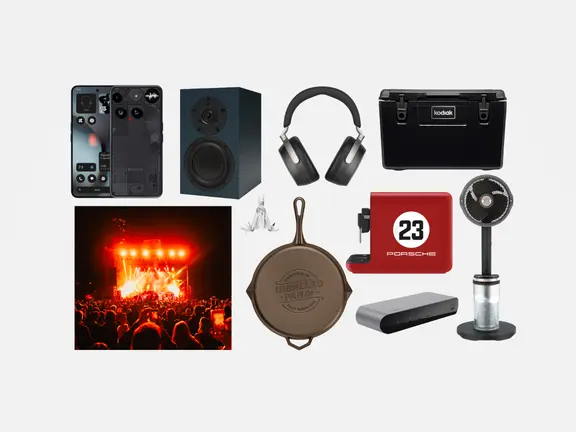
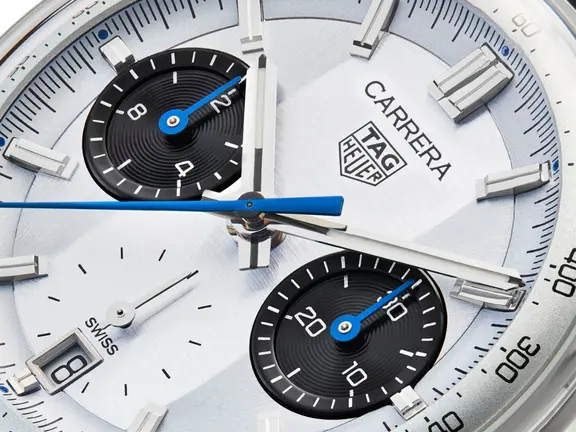


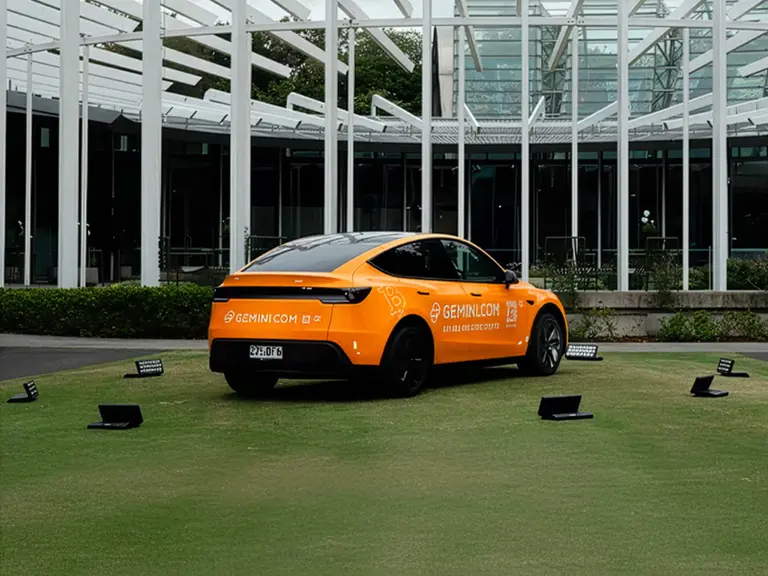
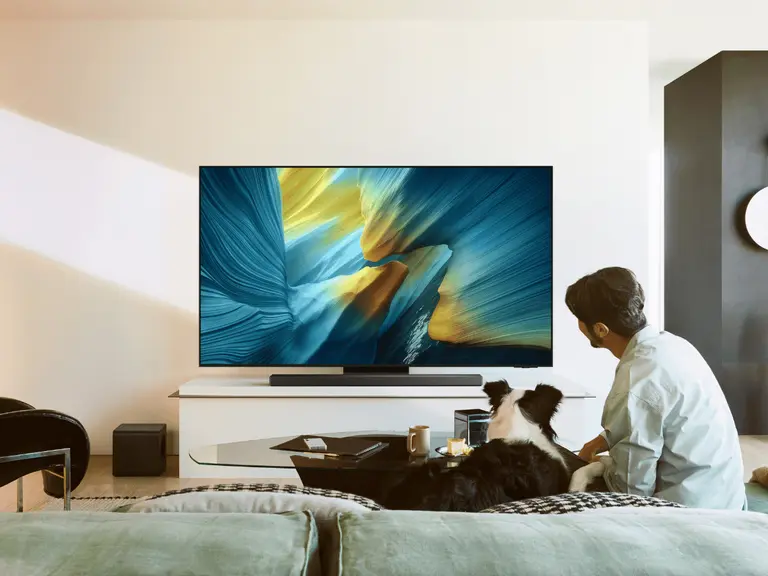




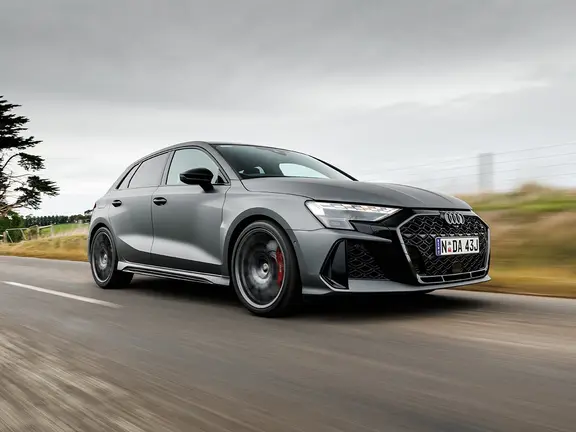







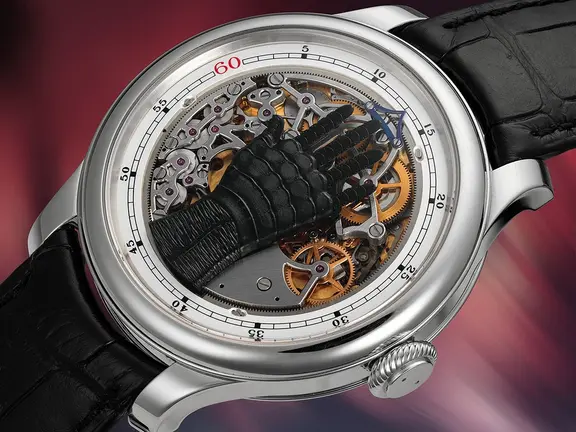




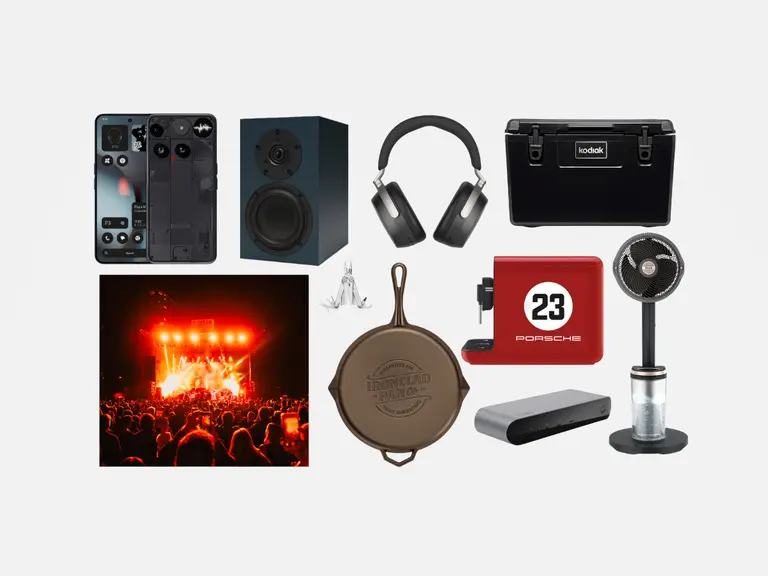






Comments
We love hearing from you. or to leave a comment.